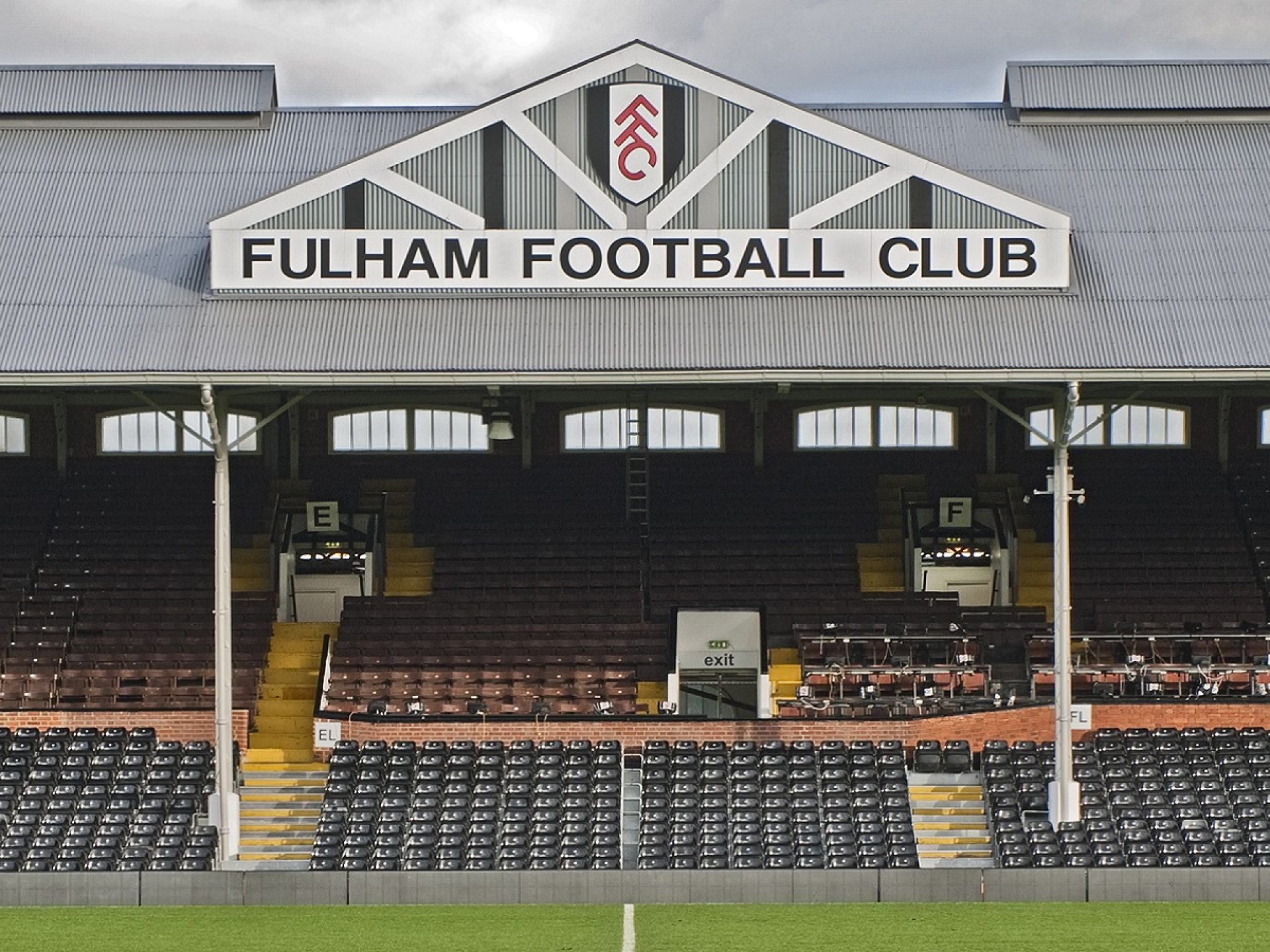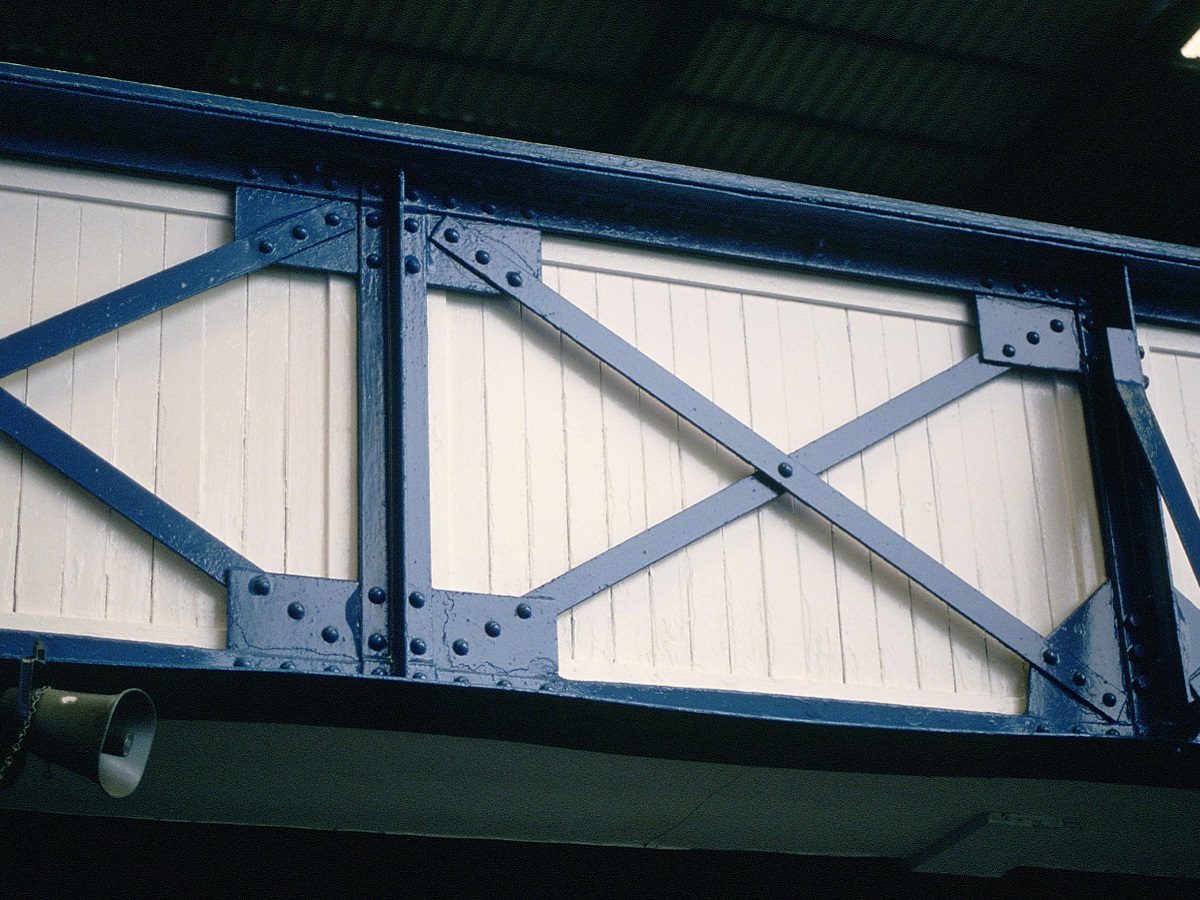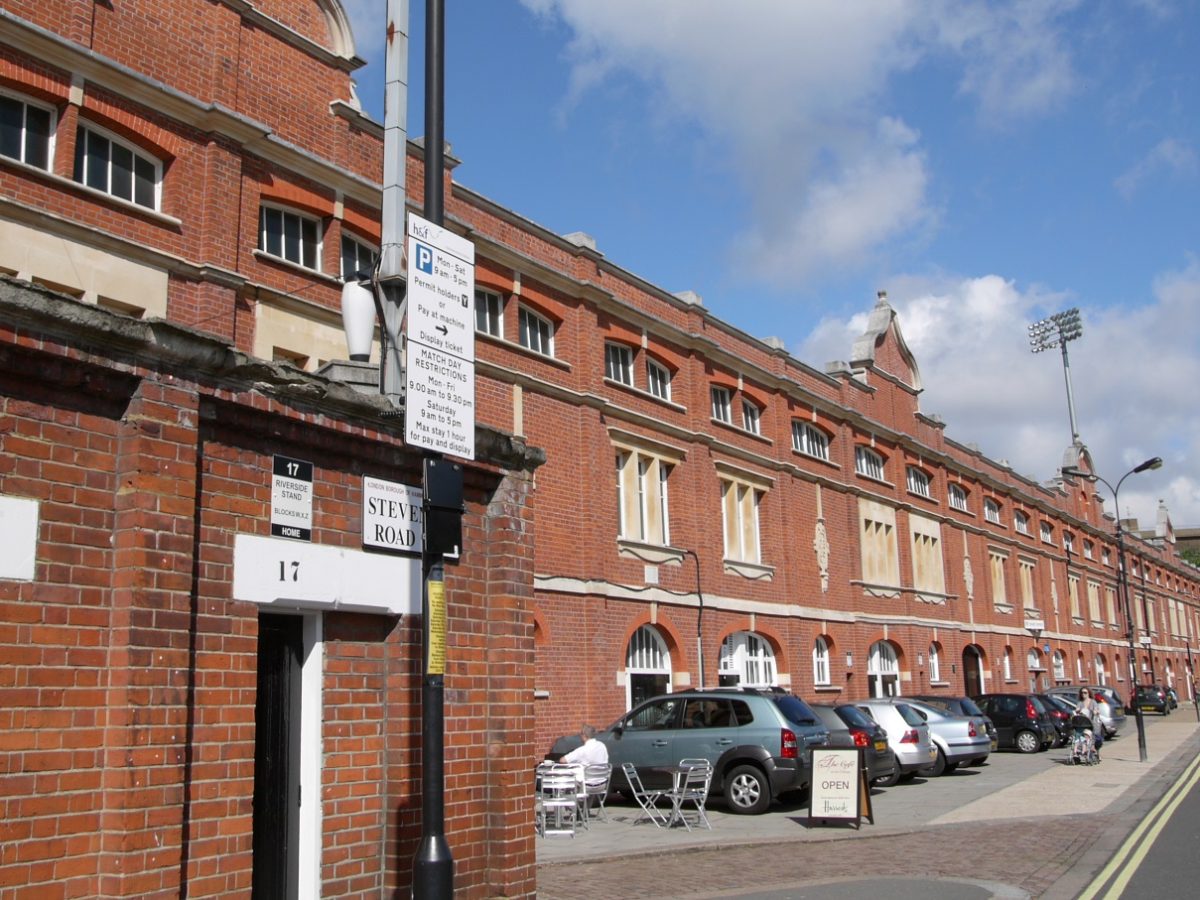June 16, 2018
Archie’s Legacy: Remembering The First Stadium Architect

Populous asked football history and sporting heritage expert Simon Inglis to give us an insight into Archibald Leitch and the legacy he left as the first stadium architect.
Simon takes up the story:
As aggregate from the old White Hart Lane ground of Tottenham Hotspur FC becomes embedded into the polished concrete floors of the club’s spectacular new 62,062-seat stadium, designed by Populous, what better time to consider the extraordinary legacy of Spurs’ one-time architect, Archibald Leitch.
In the days before international design specialists such as Populous emerged, Leitch’s engineering company was the only one in Britain to focus on football grounds. So in demand was Archie that had you attended a League match in 1939, the year he died, there was a one in three chance of sitting in a stand or standing on a terrace designed by Leitch. Starting at Kilmarnock in 1899 he was involved with no fewer than 48 grounds. Ten were new builds, including Ibrox Park for Archie’s beloved Rangers (1902), Old Trafford for Manchester United (1910) and Highbury Stadium for Arsenal (1913).
All the more remarkable was that Archie’s career almost stalled at the outset. In April 1902, when Ibrox Park opened fully for the first time, a section of timber terracing collapsed, killing 25 spectators. Archie was there, a witness to the tragedy. Now a lesser man might have quit, there and then. After all, Leitch’s main stock in trade was factory buildings. But being an engineer through and through, and a football fan, Archie went back to the drawing board. As a result, his legacy lived on throughout the 20th century.
Most notably, the lattice-style steel trusses Leitch employed to support the upper tiers of his double-decker stands would prove as iconic as modern day arched trusses have become, for example at Huddersfield’s John Smith’s Stadium, Sydney Olympic Stadium and Wembley Stadium, since 1990.
Also instantly recognisable was the patented Leitch crush barrier, installed in their thousands at grounds all over Britain. So ubiquitous did these modest tubular steel structures become that after they were phased out in the 1990s, two from Chesterfield were put on display in the England and Scotland National Football Museums in Manchester and Glasgow.
As of 2018, Leitch structures survive at ten grounds. His trademark crisscross steel trusses remain at Ranger’s Ibrox Stadium (where the 1929 South Stand is listed) and at Portsmouth’s Fratton Park. There are two at Everton’s Goodison Park; however, both look destined for demolition. A fifth truss, rescued from Sunderland’s Roker Park, is now exhibited at the club’s Stadium of Light.
Fulham’s Craven Cottage boasts an original Leitch stand and pavilion from 1905 (both listed), while Plymouth’s Home Park has the last stand ever designed by the company, shortly before it was wound up by Leitch’s son in 1955. At Liverpool’s Anfield and Sheffield Wednesday’s Hillsborough Stadium original Leitch structures are subsumed by larger stands, while his stands at Crystal Palace’s Selhurst Park, Dundee’s Dens Park and Aberdeen’s Pittodrie Stadium are unlikely to survive beyond 2025.
Anything therefore, be it the aggregate from the old White Hart Lane stands or the echo of his steelwork in the concourses of the new Tottenham Hotspur Stadium, is welcome. And apt. For when Leitch moved to London in 1915 he developed a real soft spot for Spurs, not least because his company designed all four stands between 1908 and 1934. He often attended matches at White Hart Lane, sometimes taking his grandson. Then when a history of Spurs was published in 1947, Leitch was specifically picked out for praise.
Why is that of note? Because, hard though it is to imagine in today’s world of blanket press coverage of football and stadium developments, during his lifetime Archie remained almost unknown. Indeed, the only obituary ever published was in the Journal of Mechanical Engineers, a mere two lines.
But if he was overlooked then, not so today. Though the stock of his buildings may have diminished, more than ever, Leitch’s practical skills and dedication to stadium design remain an inspiration to all those who have followed in his wake, at Populous included.
- Engineering Archie, Simon Inglis’ 2005 biography of Archibald Leitch, was sponsored by Populous. Although now out of print, there are plans to bring out a second edition by 2020.
- Simon Inglis is the author of a number of books on football history and sporting heritage, and is the editor of the Played in Britain series for Historic England.
Lorem ipsum dolor sit amet consectetur, adipisicing elit. Non facere corporis et expedita sit nam amet aut necessitatibus at dolore enim quis impedit eius libero, harum tempore laboriosam dolor cumque.
Lorem, ipsum dolor sit amet consectetur adipisicing elit. Illo temporibus vero veritatis eveniet, placeat dolorem sunt at provident tenetur omnis, dicta exercitationem. Expedita quod aspernatur molestias eum? Totam, incidunt quos.

